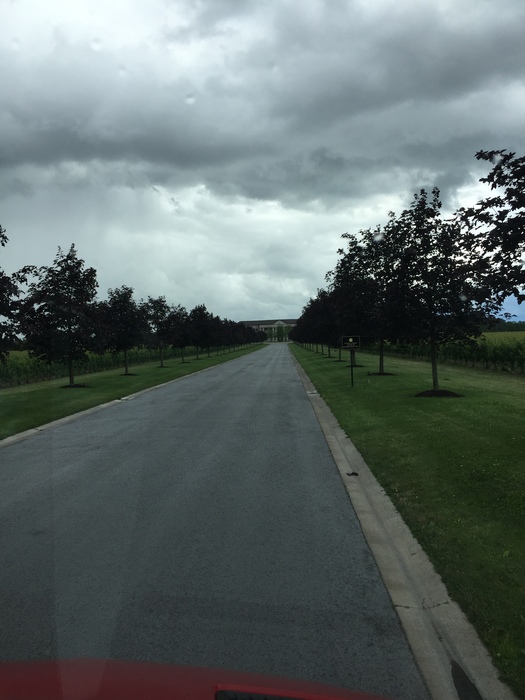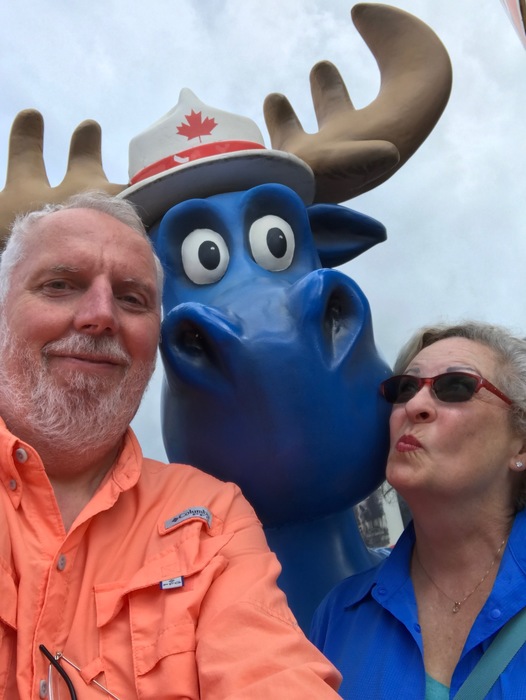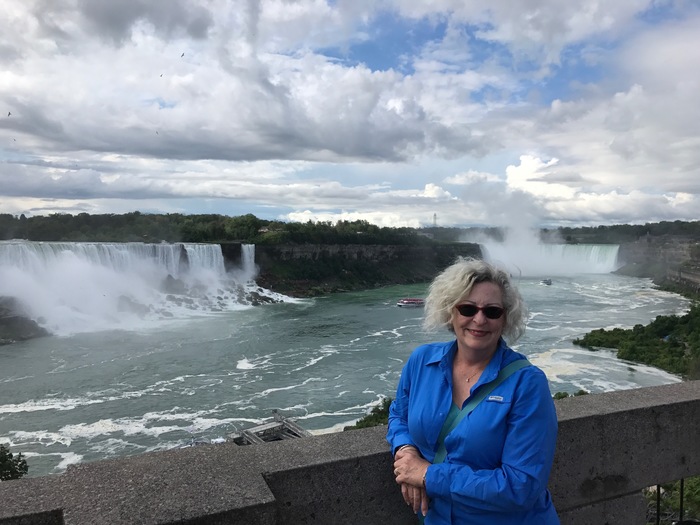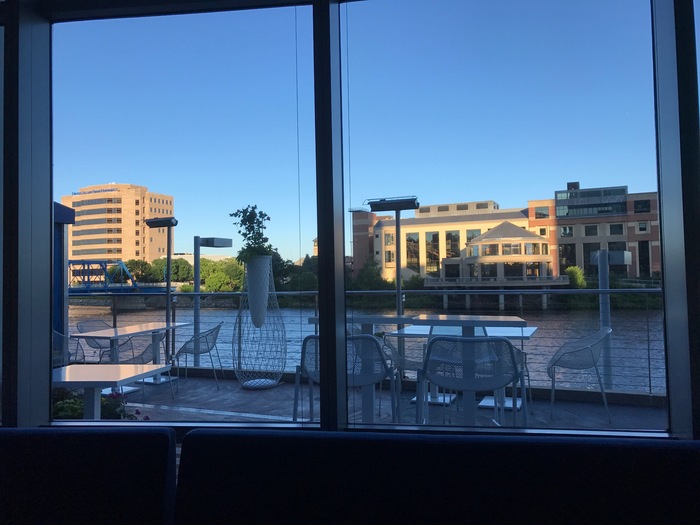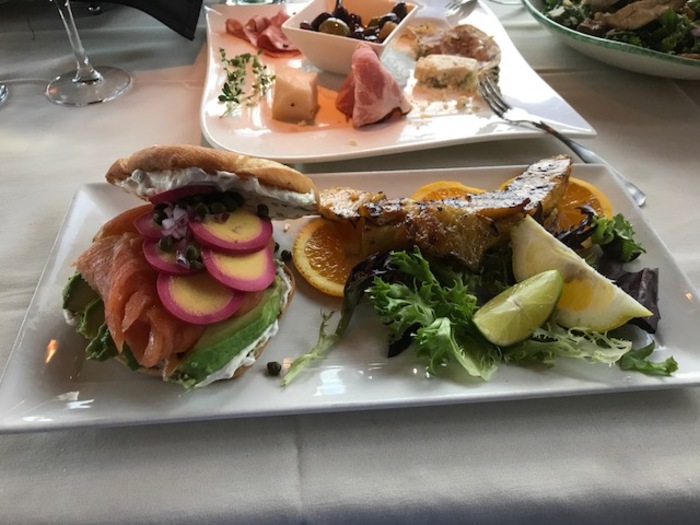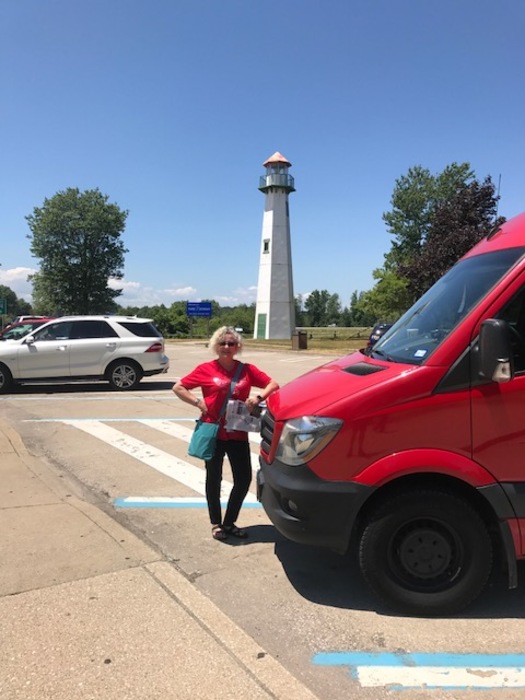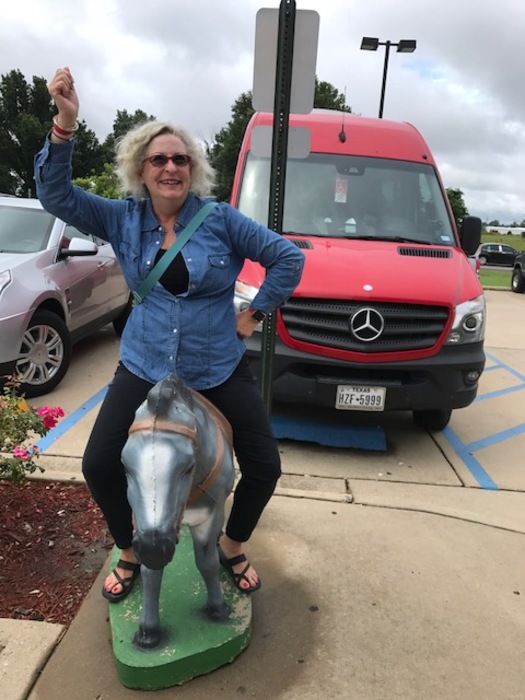Sent from my iPhone
27 Jun 2017, 06:32
27 Jun 2017, 06:30
Sent from my iPhone
27 Jun 2017, 02:18
Sent from my iPhone
This photo was taken facing North on Tuesday, June 27th 2017 at 9:18am CDT.
Where the picture(s) were taken:
27 Jun 2017, 01:52
Sent from my iPhone
This photo was taken facing South on Tuesday, June 27th 2017 at 8:51am CDT.
Where the picture(s) were taken:
25 Jun 2017, 11:02
Sent from my iPhone
This photo was taken facing South on Sunday, June 25th 2017 at 6:00am CDT.
Where the picture(s) were taken:
25 Jun 2017, 10:53
Sent from my iPhone
This photo was taken facing NorthWest on Saturday, June 24th 2017 at 1:43pm CDT.
Where the picture(s) were taken:
24 Jun 2017, 05:34
Sent from my iPhone
This photo was taken facing West on Saturday, June 24th 2017 at 12:33pm CDT.
Where the picture(s) were taken:
23 Jun 2017, 04:29
Sent from my iPhone
This photo was taken facing South on Friday, June 23rd 2017 at 11:23am CDT.
Where the picture(s) were taken:
16 May 2017, 01:40
This summer starting July 1st 2017 several of us will be triking (bicycling) the northern (Canada) side of Lake Ontario then continue up the St. Lawrence River to Montreal. This is the Great Lakes Waterfront Trail (400 miles). Afterwards we drive a little north and ride the great P’tit Train du Nord Trail (130 miles). Thirdly, we’ll head a little south and ride the Carriage Roads in Acadia National Park. Last, we’ll head to Danvers MA for a day ride with Bob Hicks along the Massachusetts Coast.
The trip is divided into four parts:
| July | Miles | Description | Location |
|---|---|---|---|
| 01 - 14 | 400 | Great Lakes Waterfront Trail | Niagara Falls ONT to Montreal QC |
| 16 - 19 | 130 | P’tit Train du Nord Trail | Mont-Laurier QC to St. Jerome QC |
| 22 - 23 | Day Trips | Acadia National Park | Bar Harbor ME |
| 25 | 38 | Massachusetts Coast w/ Bob Hicks | Danvers MA |
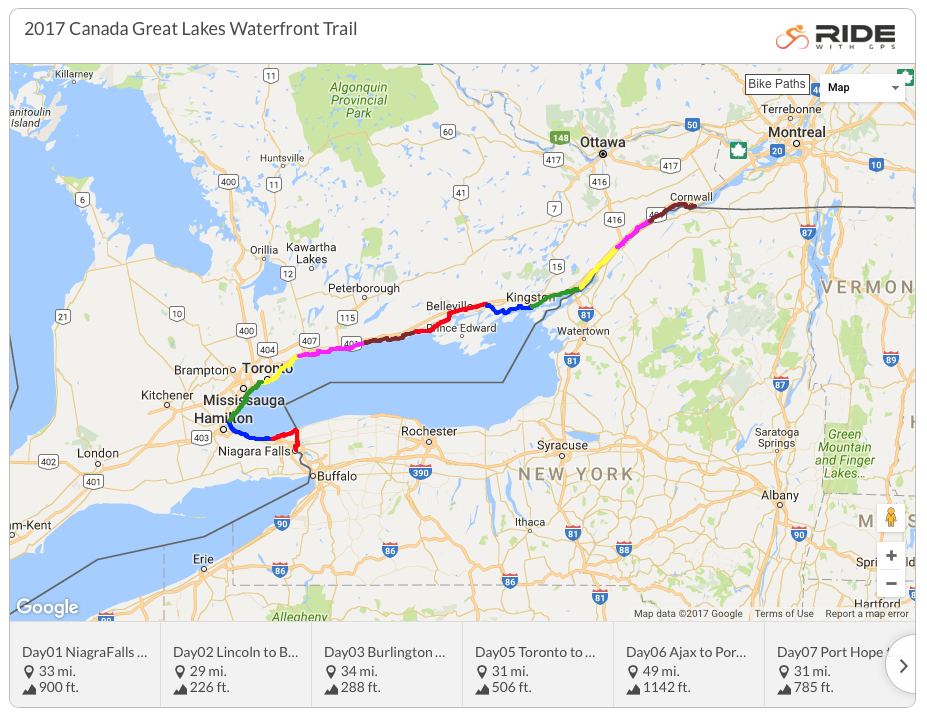
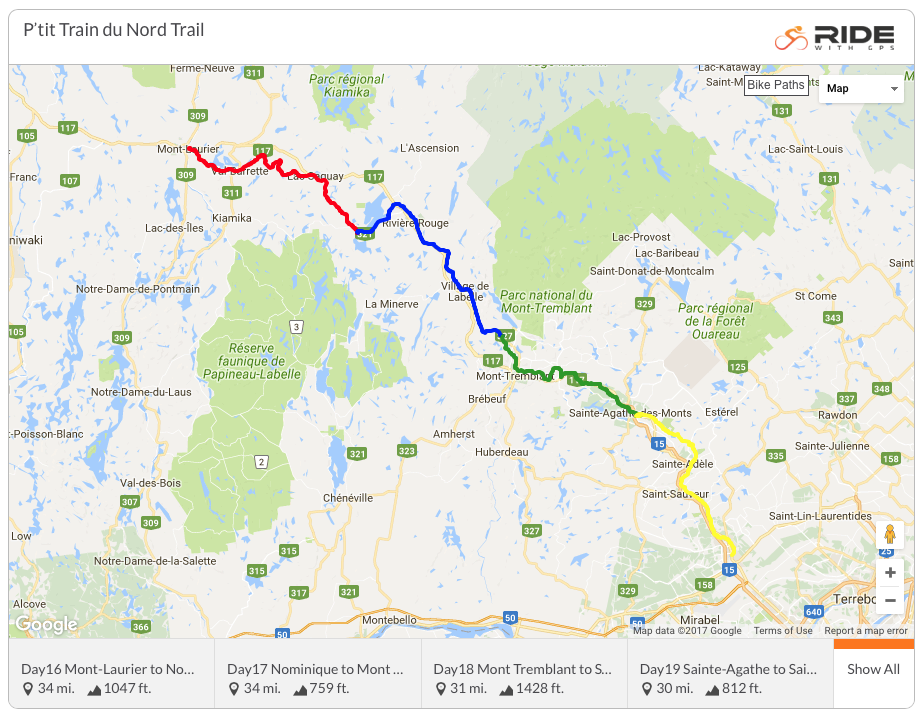
13 May 2017, 04:08
Every few days we stage the cars ahead. One spouse (or partner) will stay with the trikes and the other will drive the vehicle to the next staging point. The SAG vehicle will ferry all the drivers back to the trikes. Over the next few days we ride the trikes towards the staged vehicles.
This means that at most you will need to carry enough cloths on your trike for five nights.
Remember, we will perform the first staging the night before the first day’s ride. ANYTHING you leave behind in the hotel room will need to be carried on your trike the next day. This means that when we leave the hotel to perform the first staging you should be wearing some the clothes you will be wearing on the ride for the next few days. Don’t forget this includes your shoes.
Currently the expectations are:
-
Dan & Robyn Hansen will supply the SAG vehicle, a Mercedes Sprinter Crew Van (El Hefe)
-
Dana & Carmella Thompson will be driving their RAM Promaster 2500 van the whole way. This means one of them will be driving while the other one trikes (bikes).
-
This leaves four vehicles for staging on the Great Lakes Waterfront Trail
- Gary & Gay Bradford
- Steve & Cynthia Wade
- John & Susie Shaddle
- Hank & Nancy Anderson
-
And six vehicles for staging on the P’tit Train du Nord Trail
- Gary & Gay Bradford
- Steve & Cynthia Wade
- John & Susie Shaddle
- Hank & Nancy Anderson
- Tony & MaryAnn Teutsch
- Craig & Sandra Luginbill
We rotate drivers with the SAG vehicle so I need volunteers. I suggest the following to start out with:
-
Great Lakes Waterfront Trail
- Day01 - Gary Bradford
- Day02 - Robyn Hansen
- Day03 - Gay Bradford
- Day04 - Steve Wade
- Day05 - Rest Day
- Day06 - Hank Anderson
- Day07 - John Shaddle
- Day08 - ??
- Day09 - ??
- Day10 - Rest Day
- Day11 - ??
- Day12 - ??
- Day13 - ??
- Day14 - ??
-
P’tit Train du Nord Trail
- Day01 - Steve Wade
- Day02 - Craig Luginbill
- Day03 - Tony Teutsch
- Day04 - Gary Bradford
Everybody will probably end up driving SAG at least two days. I tried to schedule the experienced large vehicle drivers to be driving while the route goes though the bigger cities.
Sometimes people will be sore, or tired, and volunteer to drive SAG the next day to recuperate.
If you have issues with any of the above please be sure to let Gary or I (Dan) know.

